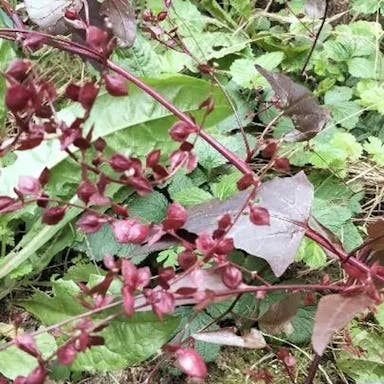Garden-huckleberry, also known as Solanum scabrum, is a plant that belongs to the Solanaceae family. It is native for an annual or perennial herb that can grow up to 1-2 meters in height. The flowers of Solanum scabrum are small and white, with five petals and yellow stamens. The fruits are round berries that are initially green and turn black when ripe. They are about 1-2 centimeters in diameter and have a sweet taste. It prefers sunshine but tolerates partial shade. The plant is often grown as an ornamental and culinary plant, as its fruits can be used in various dishes, including jams, tarts, and condiments. In some cultures, the fruit is believed to have helpful properties and is used to treat various illnesses. However, Solanum scabrum is a separate species from the poisonous black nightshade (Solanum nigrum).
0
0











